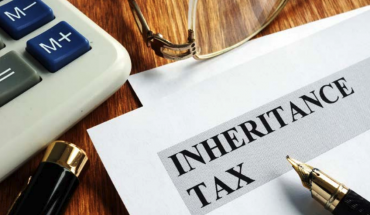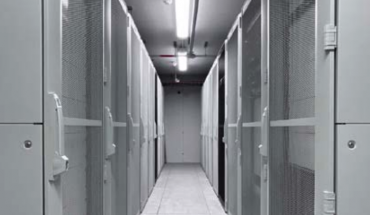Economic activity and the possible resulting inflation
Fahad Kamal, Chief Investment Officer, Kleinwort Hambros, reports on the possibility of renewed inflation in a post vaccination landscape
We began the year mired by the latest wave of the Corona Virus. On the horizon lays a post vaccination world, a surge in economic activity and the resulting inflation that may likely result.
Inflation is not a small matter and is potentially a huge risk to the market.
The potential sea change has several supports.
- While neither quantitative easing (QE) nor deficit spending are novel, the sheer scale of the programs today certainly is. Most notably, the newly elected Biden administration in the US has pushed through a $1.9 trillion stimulus package on top of the $900 billion support bill passed in late December – together, a staggering 13.4% of GDP.
- Money supply has shot up dramatically, particularly in the US. In previous editions of QE, nothing on this scale occurred because much of the liquidity stayed on bank balance sheets. Therefore, the money multiplier remained low amid muted demand for loans.
- With a rapid ramp-up in vaccinations in most developed countries, expectations are that a surge of spending will occur once restrictions on mobility are lifted later in the year, particularly in the services sector. Economists fear that unleashed consumer spending will overheat the global economic recovery and stoke the inflationary pressures fomented by huge government spending and monetary excess.
For these (and other) reasons, inflation expectations have surged from the historical lows witnessed in the throes of the pandemic last year. Presumably, if inflation continues to rise, central bankers may have to start raising rates, thereby calling into question historically high prices of stocks when compared to earnings.
Undoubtedly there is going to be a short-term high velocity impact to inflation however, it will likely come back down again once those base effects have been taken into account. However, there are important mitigants.
1. The labour market:
There are gaping output gaps in the labour market. US employers now report 10 million fewer jobs than before the pandemic and US unemployment is at 6.3% vs. 3.5% last year. Wide swathes of the public are dependent on cash injections from the government simply to stay afloat; this is where the stimulus is largely targeted.
2. Real estate:
There is enormous underutilised capacity for office and retail real estate. If we assume these difficulties are representative of the retail industry in general, it is clear that the process of finding new owners as well as recognising losses for existing owners and lenders is going to be long and painful. If the downturn in the office market turns out to be as severe as in retail, the situation will become even more difficult. The development is set to work itself through the sector slowly and painfully (for the owners), for a considerable time to come. To compete with online platforms, lower prices must be part of any package offered by those businesses continuing to sell on the High Street or in shopping centres. Landlords should expect considerably lower rents to enable their tenants to compete.
3. Energy:
In March 2021, OPEC estimated that the world’s oil demand fell by roughly 10% in 2020 to 90.4m barrels a day. Given that productive capacity did not shrink, the self-restraint of major OPEC producers – cutting supply in order to maintain the price – was remarkable. But can it last? Several factors suggest it cannot. One of these being that all major producers have faced increased financial pressure in 2020.
A rise in actual inflation would presumably not be rapid, given the huge excess capacity in the labour market, diminishing demand for commercial real estate, and downward pressures on energy prices.
Prices may start to rise in the short-term, as a result of pent-up demand once economies go through post-vaccination bonanzas and subsequent increases in money velocity. However, this should be transitory, not structural. Moreover, this constructive spending surge should lead to robust economic growth and earnings, as well as higher employment. This is beneficial to corporates as it increases sales and profits while allowing for maintained margins, which helps support the case for equities and risk assets.
Finally, we take central bankers at their word that they have little intention to raise rates until pre-pandemic levels of unemployment and economic activity are firmly in hand. It is much more likely they act to curb the increase in yields – buying long-dated bonds as part of ongoing QE programs for example – than raising rates and endangering a nascent recovery.





